Regulatory Support for Solvent Use
The Hexane Market is positively impacted by regulatory frameworks that support the use of solvents in various applications. Governments are increasingly recognizing the importance of solvents like hexane in industrial processes, leading to policies that promote their safe and efficient use. In 2023, several countries implemented regulations that facilitate the use of hexane in food processing and chemical manufacturing, thereby enhancing its market potential. This regulatory support is expected to foster growth in the Hexane Market, as manufacturers align their practices with these guidelines to ensure compliance and sustainability.
Rising Demand in Chemical Industry
The Hexane Market is experiencing a notable increase in demand, particularly from the chemical sector. Hexane Market is a crucial solvent in the extraction of edible oils and is widely utilized in the production of various chemicals. As the global population continues to grow, the need for edible oils is projected to rise, thereby driving the demand for hexane. In 2023, the consumption of hexane in the chemical industry was estimated to be around 1.5 million tons, indicating a steady growth trajectory. This trend suggests that the Hexane Market will likely continue to expand as manufacturers seek efficient solvents for their processes.
Growth in Pharmaceutical Applications
The Hexane Market is also benefiting from its applications in the pharmaceutical sector. Hexane Market is utilized as a solvent in the synthesis of various pharmaceutical compounds, which is crucial for drug formulation. The pharmaceutical industry has been expanding, with a projected growth rate of around 5% annually. This growth is likely to enhance the demand for hexane, as pharmaceutical companies require high-purity solvents for their processes. In 2023, the pharmaceutical segment represented about 15% of the total hexane consumption, indicating a robust potential for growth within the Hexane Market.
Expansion of Oil Extraction Techniques
The Hexane Market is significantly influenced by advancements in oil extraction techniques. Hexane Market is predominantly used in the extraction of vegetable oils from seeds and nuts, a process that has seen technological improvements over the years. The introduction of more efficient extraction methods has led to an increase in hexane consumption, with estimates indicating that the oil extraction segment accounted for approximately 60% of the total hexane usage in 2023. This trend is expected to persist, as the food industry increasingly seeks to optimize oil extraction processes, thereby bolstering the Hexane Market.
Increasing Use in Adhesives and Coatings
The Hexane Market is witnessing a surge in demand due to its applications in adhesives and coatings. Hexane Market serves as a solvent in the formulation of various adhesives, sealants, and coatings, which are essential in construction and manufacturing sectors. The Hexane Market was valued at approximately 50 billion USD in 2023, with a significant portion relying on hexane-based formulations. This trend suggests that as construction and manufacturing activities continue to rise, the Hexane Market will likely experience increased consumption driven by the adhesives and coatings segment.
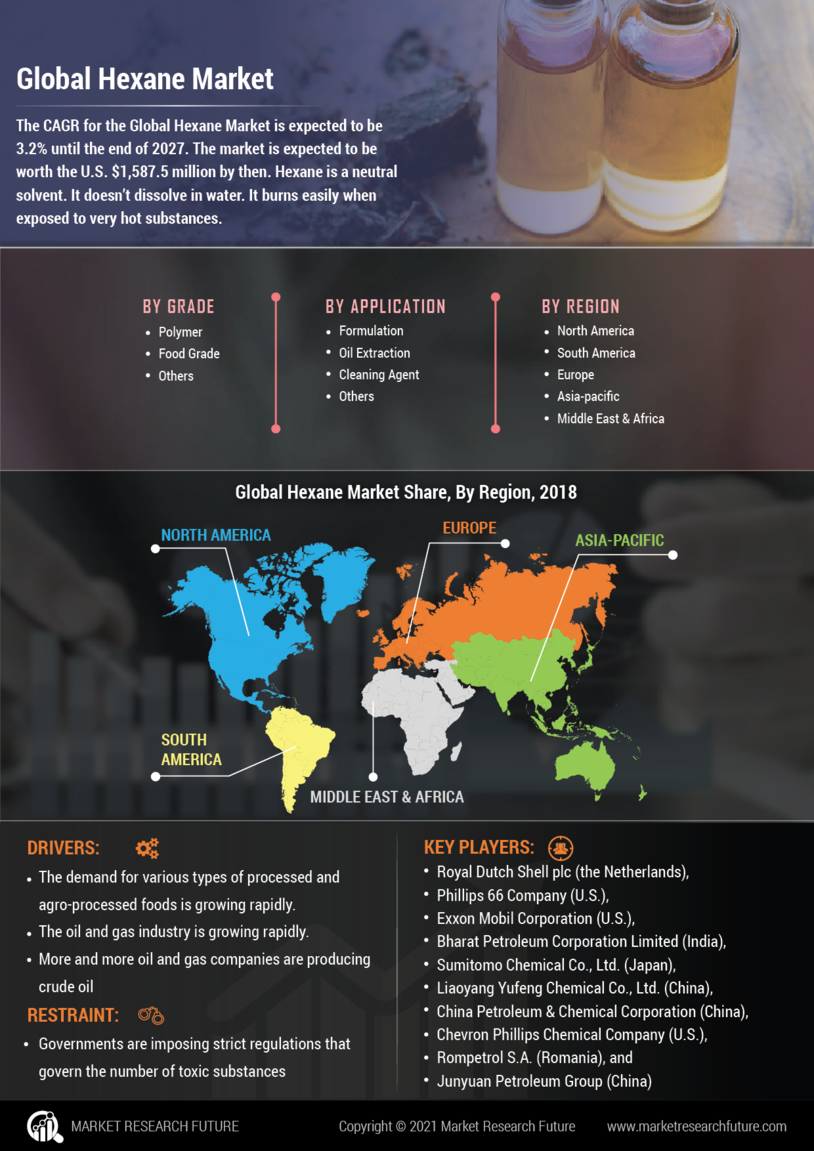

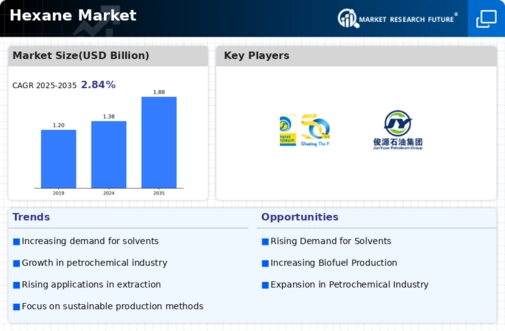
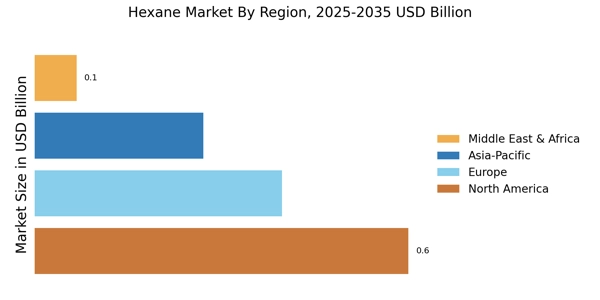
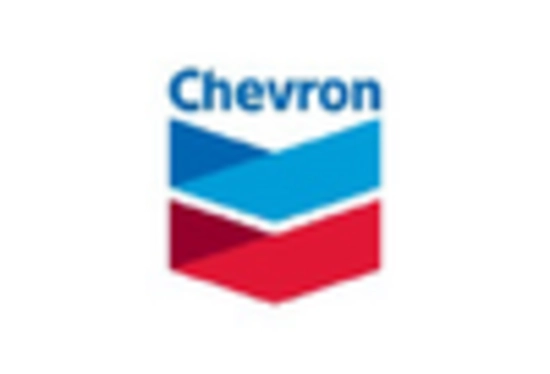

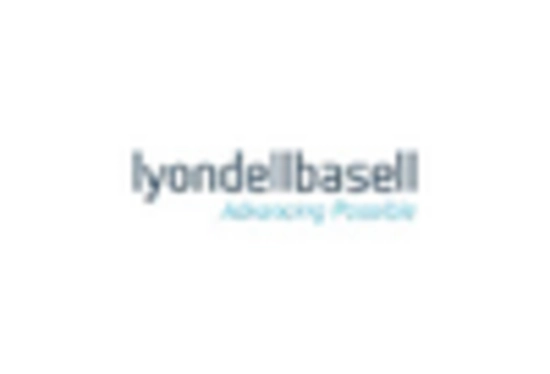

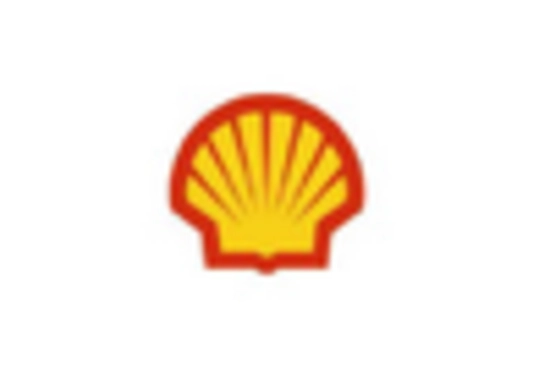









Leave a Comment